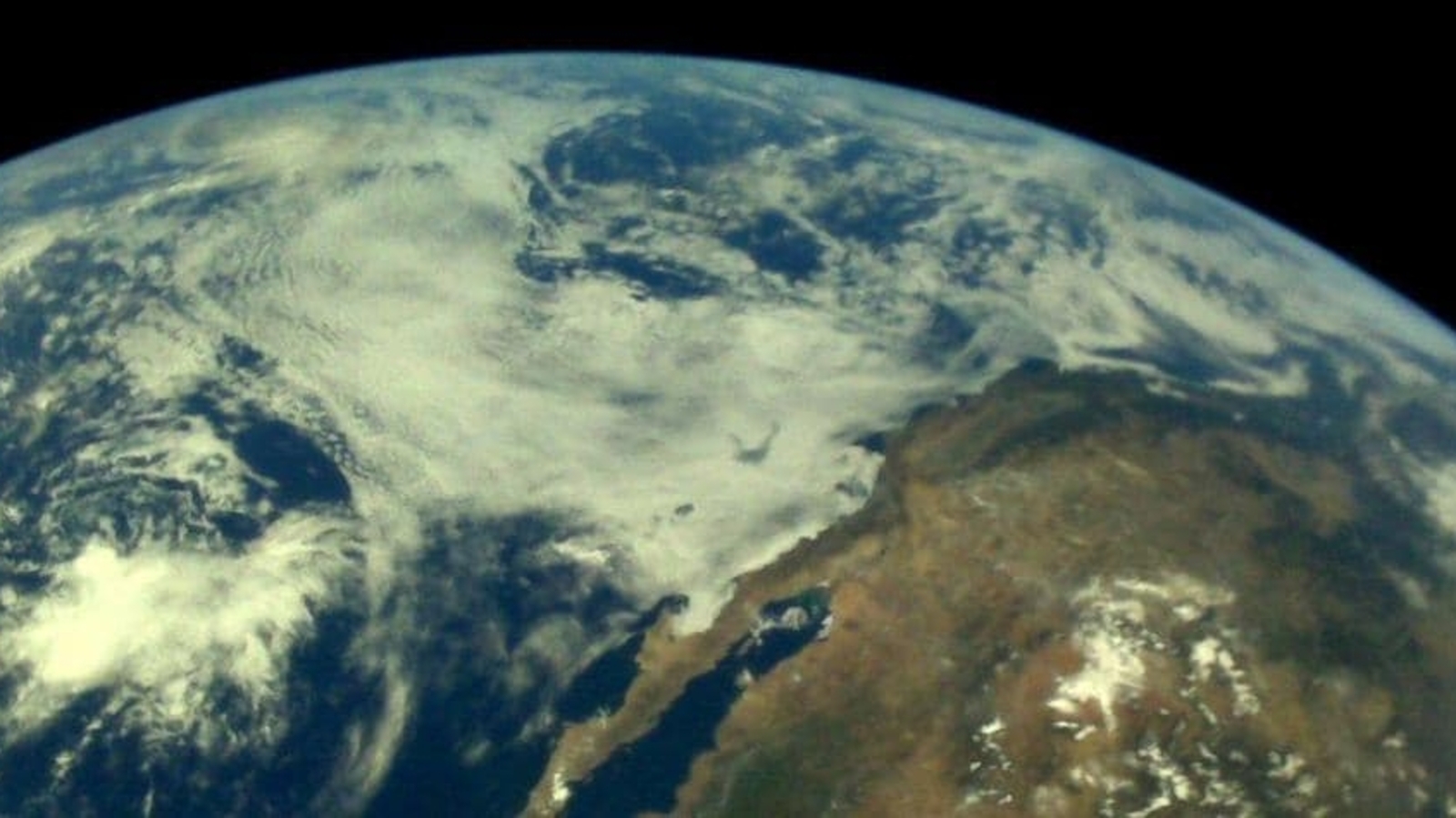Canada to Cut Immigration Numbers: A Shift in Policy Amid Rising Concerns
By Anna Mehler Paperny
TORONTO – In a significant policy shift, Canada is set to reduce the number of immigrants it allows into the country for the first time in years. This decision comes as the government grapples with rising housing prices and increasing public sentiment against high immigration levels. According to a government source, Canada will welcome 395,000 new permanent residents in 2025, followed by 380,000 in 2026 and 365,000 in 2027, a notable decrease from the 485,000 planned for 2024.
A New Direction in Immigration Policy
The reduction in immigration numbers marks a departure from Canada’s long-standing reputation as a welcoming nation for newcomers. Historically, Canada has prided itself on its multiculturalism and the economic contributions of immigrants. However, the recent surge in housing demand, exacerbated by rising interest rates, has led to a growing perception among Canadians that the country is experiencing an influx of too many newcomers.
The number of temporary residents is also set to decline, with a decrease of approximately 30,000 expected, bringing the total to around 300,000 in 2025. This shift in policy reflects the government’s attempt to balance the needs of the economy with the concerns of its citizens.
Housing Crisis and Public Sentiment
The issue of immigration has become increasingly contentious in Canadian politics, particularly as housing prices have soared. Many Canadians have found themselves priced out of the housing market, leading to frustration and calls for a reevaluation of immigration policies. The influx of immigrants has contributed to record population levels, further intensifying the demand for housing and driving prices higher.
As the federal election approaches, scheduled for no later than October 2025, public opinion appears to be shifting. Polls indicate that a growing segment of the population believes Canada is admitting too many immigrants. This change in sentiment has prompted the government to reconsider its immigration targets in an effort to maintain political support.
Backlash Against Newcomers
The reduction in immigration numbers has sparked backlash from migrant advocates and community organizations. Syed Hussan, spokesperson for the Migrant Rights Network Secretariat, condemned the government’s decision, labeling it "one of the most egregious rollbacks of migrant rights in Canadian history." He argued that cutting permanent resident numbers would force many migrants to remain in temporary status or become undocumented, pushing them into exploitative job situations.
The rise in anti-immigrant sentiment has also been accompanied by an increase in reported hate crimes against visible minorities, raising concerns about the safety and well-being of newcomers in Canada.
A Shift from Pandemic-Era Policies
The new immigration targets represent a stark contrast to the policies implemented during the pandemic, when the government relaxed rules for temporary residents to address labor shortages. Last year, Canada had aimed to bring in 500,000 new permanent residents in both 2025 and 2026. However, as of the second quarter of 2024, Statistics Canada reported that there were approximately 2.8 million temporary residents, including workers and students, in the country.
In an August interview, Immigration Minister Marc Miller acknowledged the public’s desire for a more controlled immigration system, stating, "Canadians want a system that is not out of control." This sentiment reflects the government’s attempt to respond to the concerns of its constituents while navigating the complexities of immigration policy.
Regulatory Changes and Future Implications
Under Prime Minister Justin Trudeau’s leadership, the Liberal government has begun to tighten immigration regulations. Recent data indicates that immigration officials have approved fewer visas this year, and border officials have turned away an increasing number of visa-holders. The government has also committed to reducing the share of temporary residents in the population to 5% over the next three years, down from 6.8% in April.
Additionally, the government has capped the number of international students allowed into Canada and tightened rules for temporary foreign workers. These changes come in response to criticisms that the temporary foreign worker program has suppressed wages and left workers vulnerable to exploitation.
Conclusion
As Canada prepares to implement these new immigration targets, the implications for both newcomers and the broader Canadian society remain to be seen. The government’s decision to cut immigration numbers reflects a complex interplay of economic realities, public sentiment, and political strategy. While Canada has long been a beacon of hope for immigrants around the world, the current climate suggests a need for a careful reevaluation of its immigration policies to ensure that they align with the needs and concerns of its citizens.
